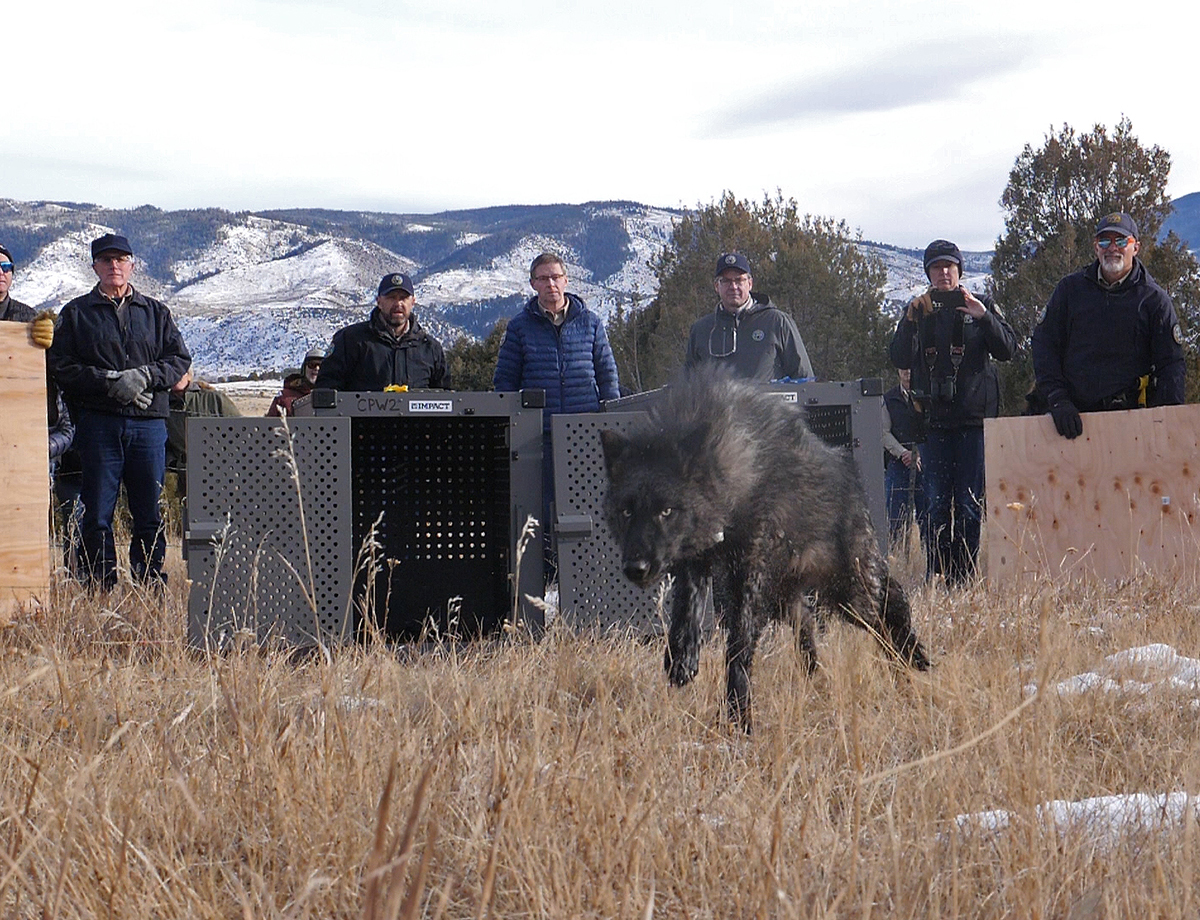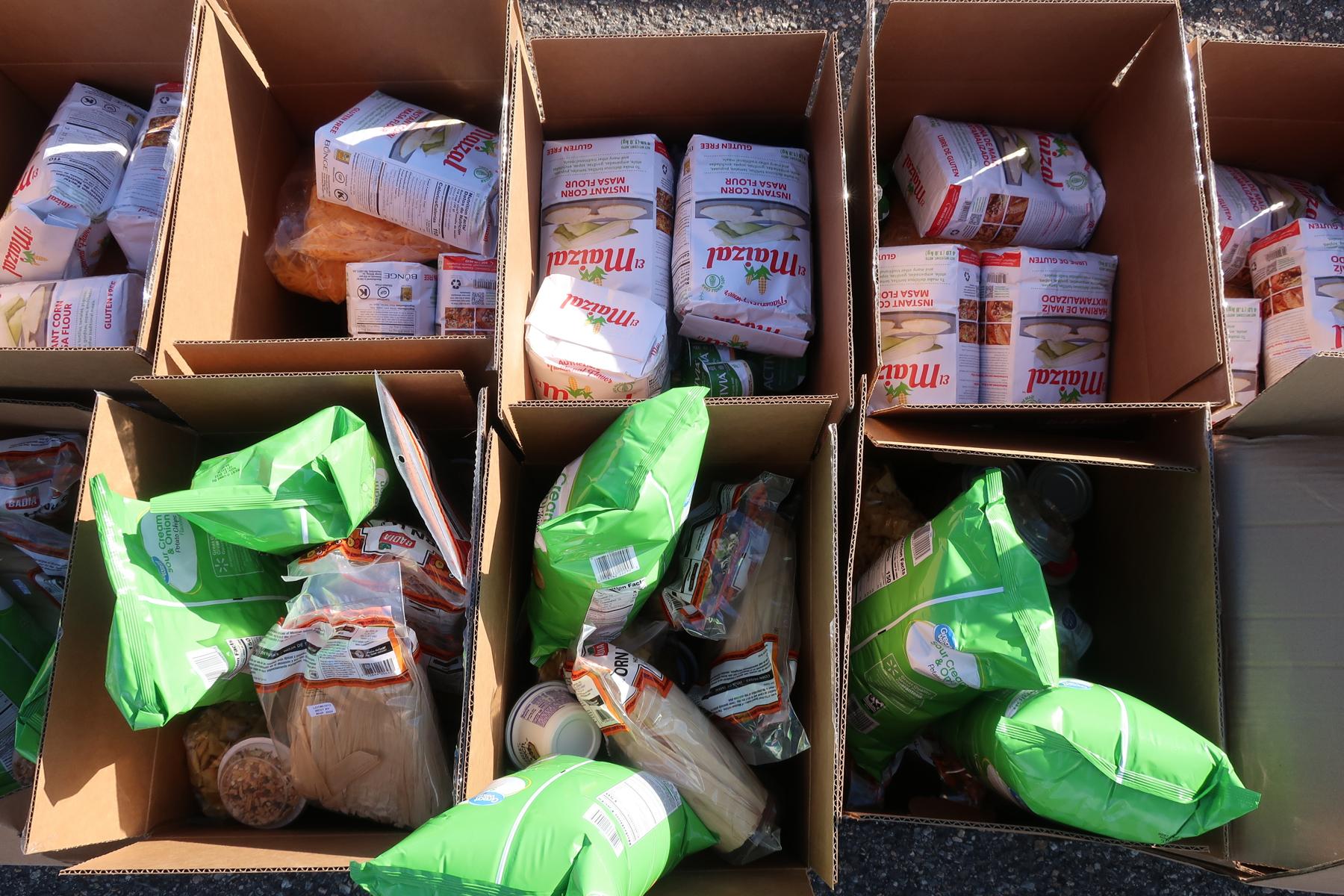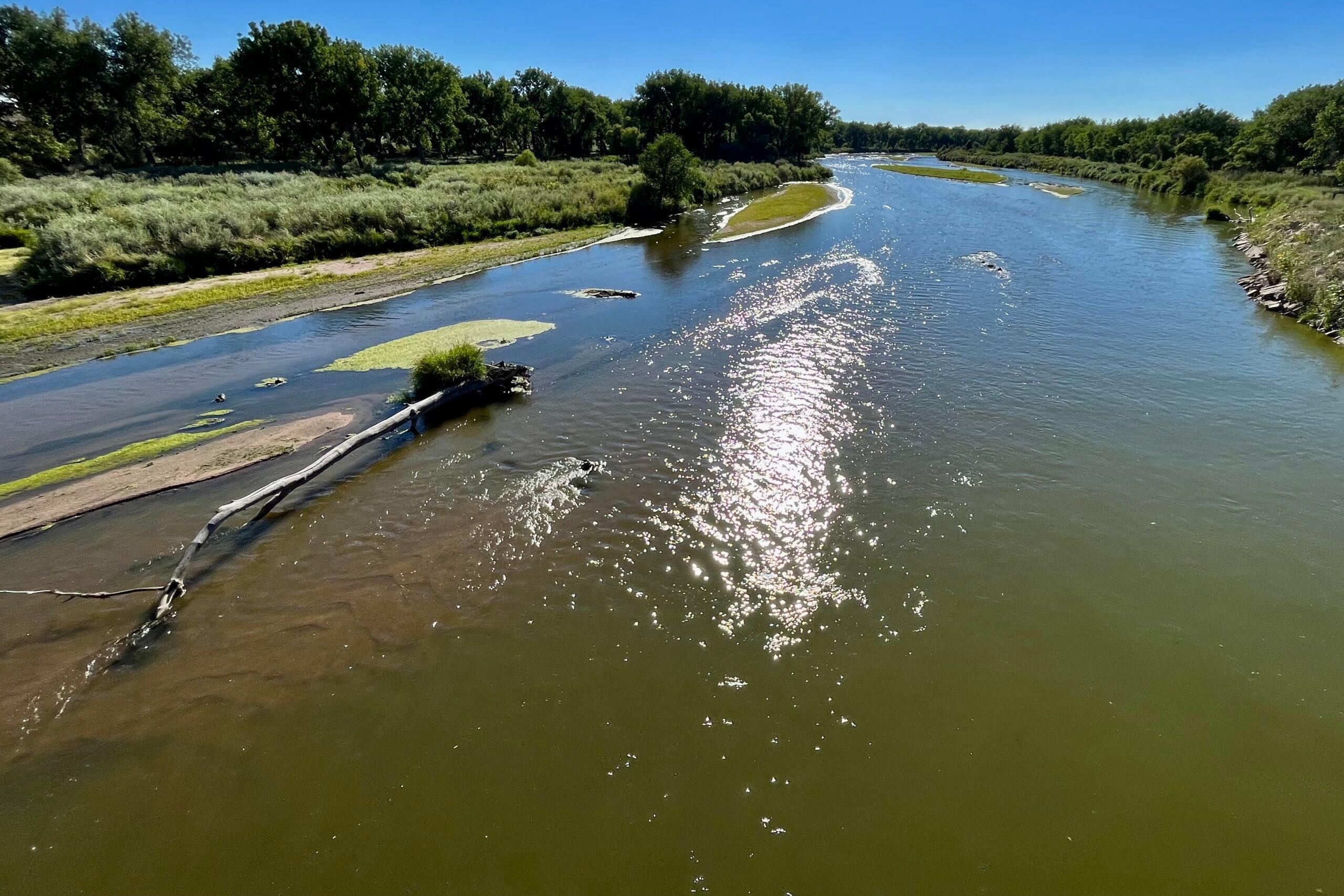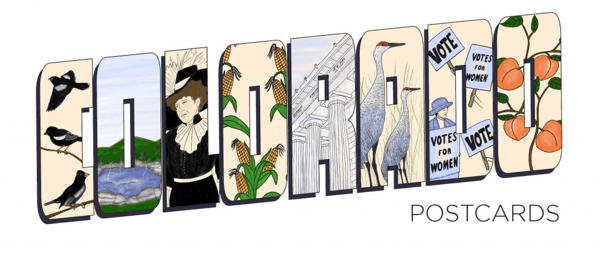
Bringing a wolf to Montrose County would be punishable by fines up to $1,000 per day under a proposed ordinance introduced by the board of county commissioners this week.
Ordinance No. 2025-01 would prohibit the introduction, support, facilitation, or habitat establishment of non-native animal species into Montrose County. That means you, Canadian gray wolf.
“We're introducing an apex predator into our communities and (into) an environment that literally can endanger endangered species that are federally protected,” Montrose County Commissioner Scott Mijares said at a meeting earlier this week.
The ordinance targets non-native species, which it defines as “any animal not historically present in Montrose County in the 100 years prior to the effective date of this ordinance, including but not limited to the Canadian Gray Wolf (Canis lupus).”
The commissioners specifically note “the state’s original native subspecies, the Southern Rocky Mountain wolf, was eradicated prior to the mid-20th century and is now considered extinct.”
The ordinance also outlines that, yes, Colorado officials could be considered liable. Commissioner Sean Pond, who introduced the ordinance, said it was aimed at supporting species already in the county in addition to protecting landowners.
“It was written and titled as such to protect landowners, landowner rights and industries within Montrose County. And I think as we go forward and it's published and we have public comments and we talk about this thing, a lot of those things will come to light. I did a lot of research into this, talked to a lot of people across the state, and it's designed specifically to protect those things,” Pond said.
Commissioner Sue Hansen, who was the lone vote against forwarding the ordinance to a second reading, raised concerns, including whether a county ordinance had any chance of overruling state law.
“I don't think it accomplishes anything except for making a statement. And so I'm concerned about the local, state and federal (law). How this is going to interact and how local government would supersede, if they even could,” Hansen said.
A Colorado Parks and Wildlife spokesperson told CPR News: “Proposition 114, codified as 33-2-105.8, reflects state law and policy concerning wolf reintroduction, and CPW works closely with counties, private landowners, and other stakeholders to implement the Wolf Plan and will continue to do so.”
Hansen also questioned if the prohibition was too broad and if other species could inadvertently be considered in violation of the ordinance. It is not unheard of for residents in Western Colorado to raise less-common forms of livestock not originally native to the area. Multiple ranchers in the region raise yaks and in 2021 a wallaby went on the lam in the streets of Montrose.
Pond says the ordinance would not punish such cases.
“The definition of ‘non-native’ in this context is meant to address species deliberately introduced into the wild that were not historically part of our local environment within the last 100 years. In practical terms, someone raising animals like camels, yaks, or other livestock on their land would not fall under the scope of this ordinance,” Pond said in an email to CPR News.
During the commissioners’ discussion on the issue, the legality question was raised to Montrose County Attorney Julie Andress. Andress said the issue had been discussed in executive session and she had issued a memo on her legal opinion of it. When asked if she had any concerns she responded “I don't think there's any that haven't already been discussed.”
In explaining the legal justification for the move, the text of the resolution regarding the ordinance points to the Colorado Constitution’s affirmation of inalienable rights; state statute authorizing county governments to adopt ordinances; and the 10th Amendment to the U.S. Constitution.
Wolf re-introduction remains a wedge issue in Colorado following the narrow vote passing Proposition 114 in 2020. Under the county’s proposed ordinance, each day after the introduction of a non-native species, the responsible party would be subject to a new violation which could be a fine up to $1,000.
New wolf reintroductions will be focused in the southern end of the proposed release zone, which includes lands near or in Montrose County. Pond said that work is expected to begin soon, highlighting the urgency of the ordinance.
Asked if the ordinance could be used as a deterrent on another nonnative species that has recently presented problems in Western Colorado, the zebra mussel, Pond said it was not the intent of the ordinance, but not out of the question either.
“While the ordinance is not specifically written to address accidental introductions, such as the spread of zebra mussels through watercraft or other unintentional means, it could provide a legal framework for enforcement or response if it is determined that a person or entity knowingly transported or facilitated the introduction of an invasive species,” Pond said in an email.








